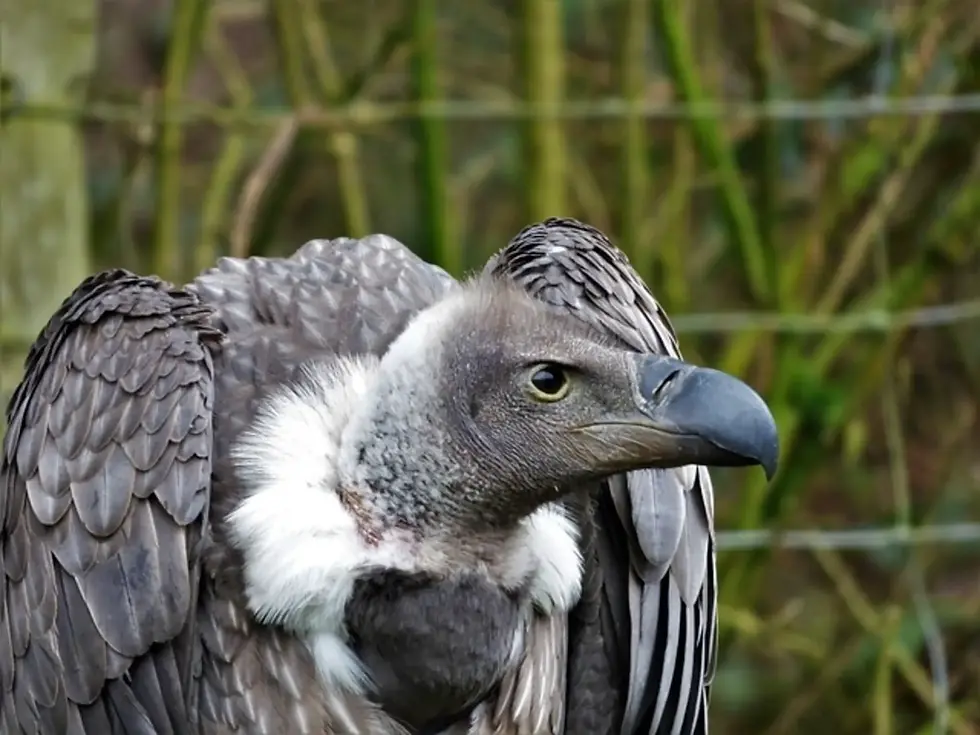On the Edge of Existence: The Plight of the African White-backed Vulture
- Sam Onunga

- Feb 23, 2024
- 3 min read

In the vast and diverse landscapes of Africa, one creature stands as a sentinel of the skies, playing a crucial role in maintaining the delicate balance of ecosystems: the African White-backed Vulture (Gyps africanus). However, this majestic bird, once a common sight soaring high above the savannas and woodlands, is now on the verge of extinction, facing a multitude of threats that jeopardize its very existence.
A Silent Decline
The African White-backed Vulture, with its impressive wingspan and keen eyesight, has long been regarded as a symbol of Africa's wilderness. These scavengers play a vital ecological role by feeding on carrion, swiftly disposing of carcasses and preventing the spread of diseases. Yet, despite their importance, their numbers have plummeted dramatically in recent decades.
Threats to Survival
Several factors have contributed to the rapid decline of African White-backed Vultures:
1. Poisoning
Poisoning, both intentional and unintentional, is one of the most significant threats to vulture populations. Poisoned carcasses, set out to eliminate predators or scavengers by humans, inadvertently kill vultures and other wildlife. Additionally, vultures are targeted directly for their body parts, believed to possess mystical or medicinal properties in some cultures.
2. Habitat Loss
The encroachment of human settlements, agriculture, and infrastructure development has led to the loss of vulture habitats. Deforestation, urbanization, and conversion of natural landscapes into farmland further restrict vultures' access to food and nesting sites.
3. Collision with Power Lines
As landscapes change and expand, vultures increasingly collide with power lines, resulting in fatal injuries. These collisions are particularly prevalent in areas where vulture flight paths intersect with power line corridors, posing a significant threat to the survival of already dwindling populations.
4. Decline of Prey Species
The decline of large mammal populations, such as elephants and buffalo, due to habitat loss and poaching, reduces the availability of carrion for vultures. Without an adequate food supply, vulture populations suffer, exacerbating their vulnerability to other threats.
Conservation Efforts and Hope for the Future
Despite the grim outlook, dedicated conservation efforts offer a glimmer of hope for the African White-backed Vulture:
1.Conservation Breeding Programs
Initiatives such as captive breeding and reintroduction programs aim to bolster vulture populations and maintain genetic diversity. These programs provide a lifeline for species on the brink of extinction, offering hope for their long-term survival.
2.Anti-Poisoning Campaigns
Education and awareness campaigns targeting the dangers of poisoning to vultures and other wildlife are crucial in changing attitudes and behaviors. Strict enforcement of laws against the use of poisoned baits is essential to combatting this pervasive threat.
3.Habitat Protection and Restoration
Efforts to protect and restore vulture habitats, including the establishment of protected areas and the implementation of sustainable land management practices, are essential for ensuring the survival of these iconic birds.
4.International Collaboration
Collaborative efforts involving governments, conservation organizations, and local communities are essential for addressing the complex challenges facing vulture conservation. By working together across borders and disciplines, we can strive towards a future where African White-backed Vultures once again grace the skies in healthy numbers.
The plight of the African White-backed Vulture serves as a stark reminder of the urgent need for conservation action. As stewards of our planet, it is our responsibility to safeguard the diversity of life on Earth and ensure the survival of species facing extinction. By addressing the threats facing vultures and other wildlife, we can create a more sustainable future where these magnificent birds continue to play their vital role in African ecosystems for generations to come.




Comments